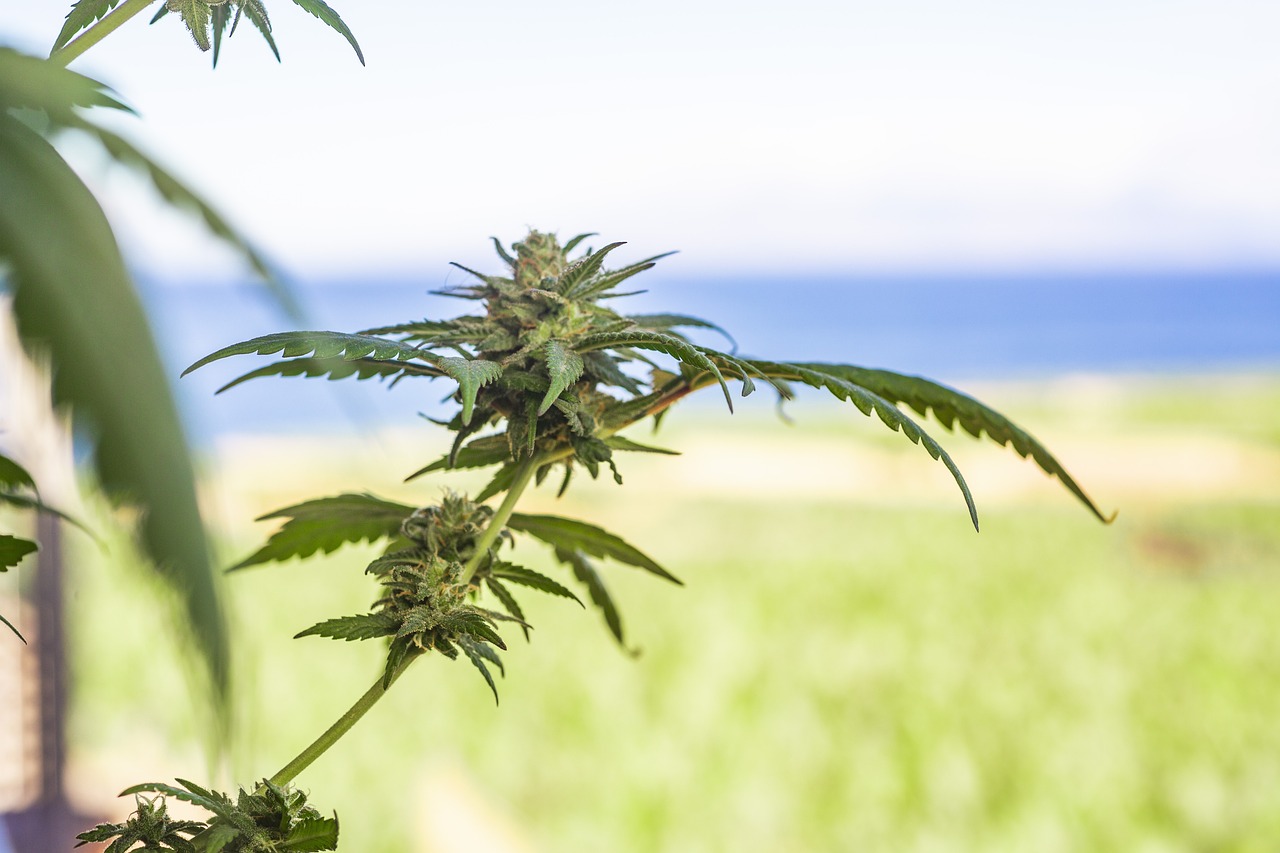-
Table of Contents
Cultivating THCA Flower: Best Practices for Growers
THCA (tetrahydrocannabinolic acid) flower cultivation has gained significant attention in recent years. This non-psychoactive cannabinoid, found in raw cannabis, offers numerous therapeutic benefits. For growers aiming to produce high-quality THCA flower, understanding the best practices is key to success.
Understanding THCA and Its Benefits
THCA is the precursor to THC, the compound responsible for the psychoactive effects of cannabis. When cannabis is heated, THCA converts to THC. However, in its raw form, THCA offers anti-inflammatory, neuroprotective, and anti-emetic properties without the high associated with THC.
Choosing the Right Strain
Selecting the appropriate strain is the first step in cultivating THCA flower. Some strains are naturally higher in THCA content. Popular choices include:
- ACDC
- Harlequin
- Charlotte’s Web
These strains are known for their high THCA levels and therapeutic benefits.
Optimal Growing Conditions
Creating the ideal environment for THCA-rich cannabis is critical. Key factors include:
- Temperature: Maintain a temperature range of 70-85°F during the day and 58-70°F at night.
- Humidity: Keep humidity levels between 40-60% during the vegetative stage and 40-50% during flowering.
- Lighting: Use full-spectrum LED lights to mimic natural sunlight. Provide 18-24 hours of light during the vegetative stage and 12 hours during flowering.
Soil and Nutrients
Healthy soil and proper nutrients are fundamental for robust THCA flower growth. Consider the following:
- Soil: Use organic, well-draining soil with a pH level between 6.0 and 7.0.
- Nutrients: Provide a balanced mix of nitrogen, phosphorus, and potassium. During the vegetative stage, focus on nitrogen-rich fertilizers. Switch to phosphorus and potassium-rich nutrients during flowering.
Watering Practices
Proper watering techniques are vital for healthy cannabis plants. Overwatering or underwatering can lead to root rot or nutrient deficiencies. Follow these guidelines:
- Water when the top inch of soil feels dry.
- Use filtered or distilled water to avoid chlorine and other contaminants.
- Ensure proper drainage to prevent waterlogging.
Pest and Disease Management
Protecting your plants from pests and diseases is crucial. Common threats include spider mites, aphids, and powdery mildew. Implement these strategies:
- Regularly inspect plants for signs of pests or disease.
- Use organic pesticides and fungicides.
- Maintain proper air circulation to reduce humidity and prevent mold growth.
Harvesting and Curing
Timing the harvest correctly ensures maximum THCA content. Harvest when trichomes are milky white with a few amber ones. Follow these steps for curing:
- Trim the buds and hang them upside down in a dark, well-ventilated room.
- Maintain a temperature of 60-70°F and humidity of 45-55%.
- Cure for at least two weeks, burping jars daily to release moisture.
Case Studies and Success Stories
Several growers have successfully cultivated high-THCA cannabis. For instance, a grower in California reported a 20% increase in THCA content by optimizing lighting and nutrient schedules. Another grower in Colorado achieved pest-free cultivation by implementing organic pest control methods.
Conclusion
Producing high-quality THCA flower requires attention to detail and adherence to best practices. By selecting the right strain, creating optimal growing conditions, and implementing effective pest management, growers can achieve impressive results. The therapeutic benefits of THCA make it a valuable addition to the cannabis market, and with the right approach, growers can thrive in this burgeoning industry.
